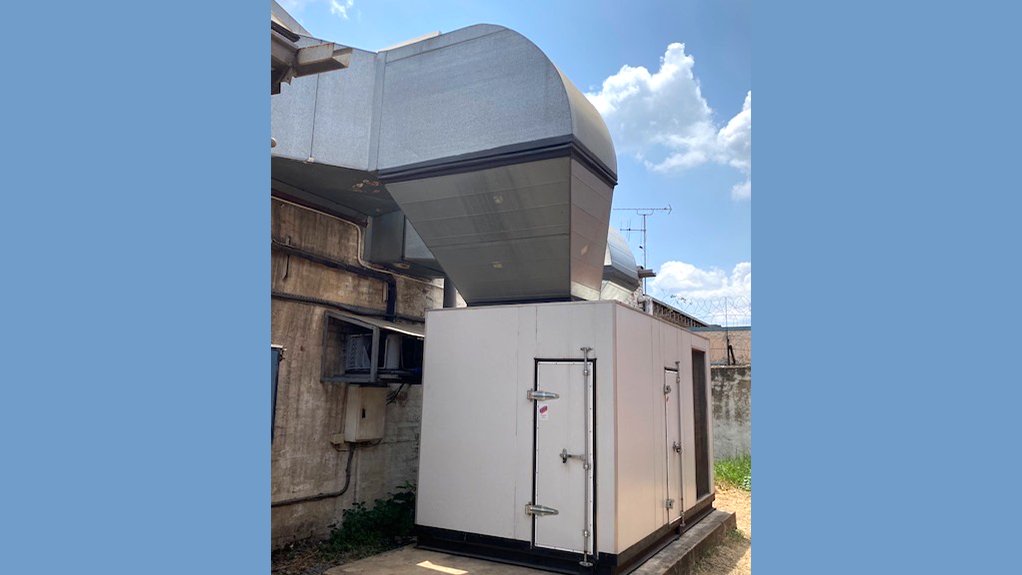Heating ventilation and air conditioning (HVAC) users now have access to a full suite of integration options from a single source.
Engineering, integration and manufacturing company Iritron has partnered with HVAC suppliers, Toshiba and the AHI Carrier Group to supply solutions to meet the needs of a range of industries.
“Whether it’s an underground or specialised surface mining environment, food processing and distribution network, pharmaceutical or medical application, complex cool room or chiller application, or simply creating and maintaining a climate controlled work environment for employees, Iritron’s technical expertise provides an integrated HVAC solution,“ states Iritron quality and service manager Rudolph Schonborn.
By using the latest technical innovations and proprietary hardware from industry leaders, Iritron explains that it can integrate AI, Internet-based communications, remote monitoring, activation and alarm and alert functions with binary runtime format and infrared thermography technologies, for any complementary HVAC application. Typically these include variable refrigerant flow (VRF) gas installations, hybrid package units, split unit installations, refrigeration and specialised HVAC solutions.
AHI Carrier Group HVAC hardware has been designed to provide performance matched with low energy requirements and environment compliance to the latest international EuroVent standards.
Coupling these units to Iritron’s integration systems aims to enhance energy savings and enable smooth control with increased accuracy, high levels of efficiency and low energy consumption resulting in lowering operating costs. The integration of technical innovations supports remote operation, monitoring and trouble shooting, on-line status analysis and alarm alerts, and intuitive software dashboards designed to be user-friendly for plant personnel.
Hybrid systems are particularly specified for critical applications including Iritron’s containerised remote mining products where temperature control is crucial and a careful humidity balance must be maintained between wet and dry atmospheres. Typical examples include substations where personnel access is limited. Packaged hybrid systems are also available with remote condenser location that offer smooth, precise control and reduced noise levels compared to traditional installations.
VRF refrigeration gas technology gives the ability to vary the refrigerant gas temperature and flow to various parts of a building, cooling areas only where required, reducing refrigeration load, leading to reduced energy use and costs. The system can be programmed for seasonal variations or even daily conditions where different parts of a building are warmed as the sun ‘travels’ throughout the day. By programming and monitoring differences between indoor and outside temperatures, ideal capacity ratios can be achieved.
In addition, VRF provides a longer component lifespan as a result of advanced oil management, avoiding over-compression, using higher quality materials and reducing noise levels during operation.
Capturing waste heat generated in HVAC systems in drying rooms and the inclusion of hot water modules can reduce hot water heating costs by as much as 73%.
“In a specialised application, we have developed a trailer-mounted biltong drying room, where precise climate control ensures just the right amount of moisture is removed from the meat to ensure a perfect taste! This system can be adapted where any form of precise temperature and humidity control is required such as flowers markets,“ says Schonborn.
The solution can be installed as a new system or retrofitted to existing HVAC systems.
EMAIL THIS ARTICLE SAVE THIS ARTICLE
To subscribe email subscriptions@creamermedia.co.za or click here
To advertise email advertising@creamermedia.co.za or click here













